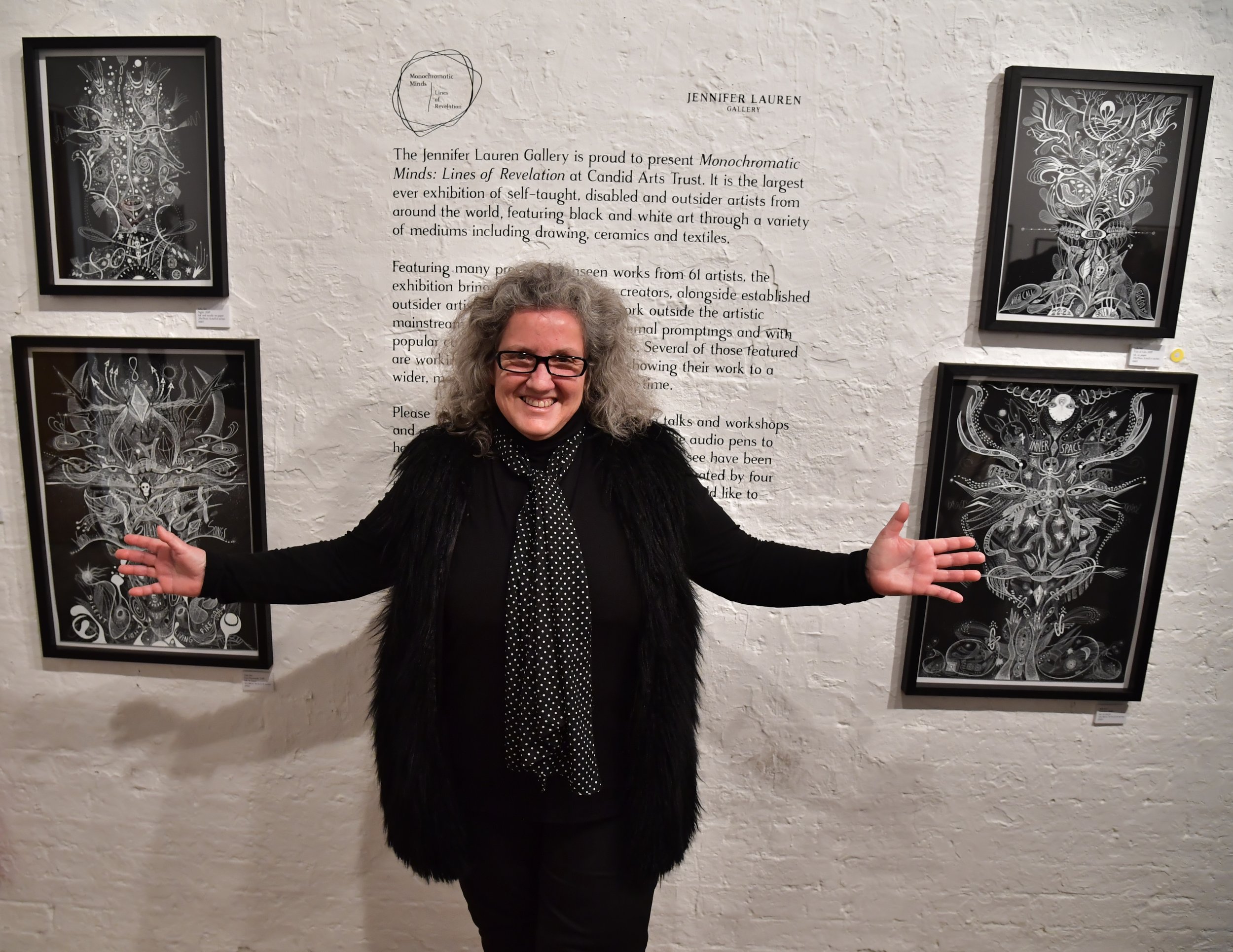julia sisi
Biography
Julia Sisi (1957–2022) was born in Argentina, South America. The name her parents gave her was Julia, but she preferred to be called by her last name Sisi. In 1976, Argentina was dominated by a military dictatorship and so, in 1981, along with her partner Dan, she emigrated to Spain where they held the status of illegal immigrants for several years. At the end of 2002, she felt she needed to change her life. She decided to realise her dream of becoming an artist. Until that time, Sisi had worked as a bread seller, a clothing seller, a model for artists, a nanny, a craftswoman, and finally, an antiquarian for 20 years in Catalonia.
Sisi moved to the Canary Islands and started showing her paintings online. On the very third day of publishing her works online, a few artists and gallery owners contacted her. And that's how it all started. After a nomadic life in pursuit of freedom, Sisi discovered that the space contained in a sheet of paper was the territory in which she could finally dump her mental life and free her inner self: ‘To draw... keeps me alive. Because the white sheet of paper is the only space of freedom I have found’. The drawing is drawn purely for itself – there are no preconceived ideas. Instead, she waits, listens, and the drawing arrives.
Sisi then moved from the Canary Islands to the Indre region of central France where she was surrounded by wildlife, a forest and a beautiful river that inspired her drawings. Here she spent her days drawing until she passed away in 2022.
Sisi worked with acrylic paint for larger areas, then used markers to populate flat areas with symbols, characters, cabalistic numbers, and words that to her are magic. She used rich patterning, vibrant colours and powerful lines. Sisi’s use of black backgrounds came after a dream in which she was drawing with a red light, as if the lines were filaments. After that dream, she started to work on a black surface, reproducing the sensation of drawing with light, using Posca felt pens to create the fluid filaments of light.
For Sisi, her faces are self-portraits, as well as portraits of imaginary people. Her faces do not have a nose because, as Sisi said: "The nose is the least aesthetic element of our faces." Her faces also lack noses because ignoring the nose gave her more space to fill with characters and symbols that could whisper endless stories.
Sisi at Monochromatic Minds in 2020. Photo by Andrew Hood
Works
Click the thumbnails to see larger images and more details.
Selected Exhibitions
2022 Solo show, Villa Stivalis, Chabris, France
2020 Monochromatic Minds, Candid Arts Trust, London
2019 2nd Triennial of Visionary Art, MNMU Museum, Serbia
2019 Museum of UnNatural History, Shoreline, WA, USA
2019 +2 Show, Copenhagen Outsider Art Gallery, Denmark
2018 Hypnagogies (Solo show), Galerie D'un livre l'autre, Paris
2018 Imaginary Maps, Palazzo Ducale, Genoa, Italy
Outsider Art Fair New York and Paris on many occasions with American Primitive and Raw Vision








